-
 © Hyundai
© Hyundai -
 © Hyundai
© Hyundai -
 © Hyundai
© Hyundai -
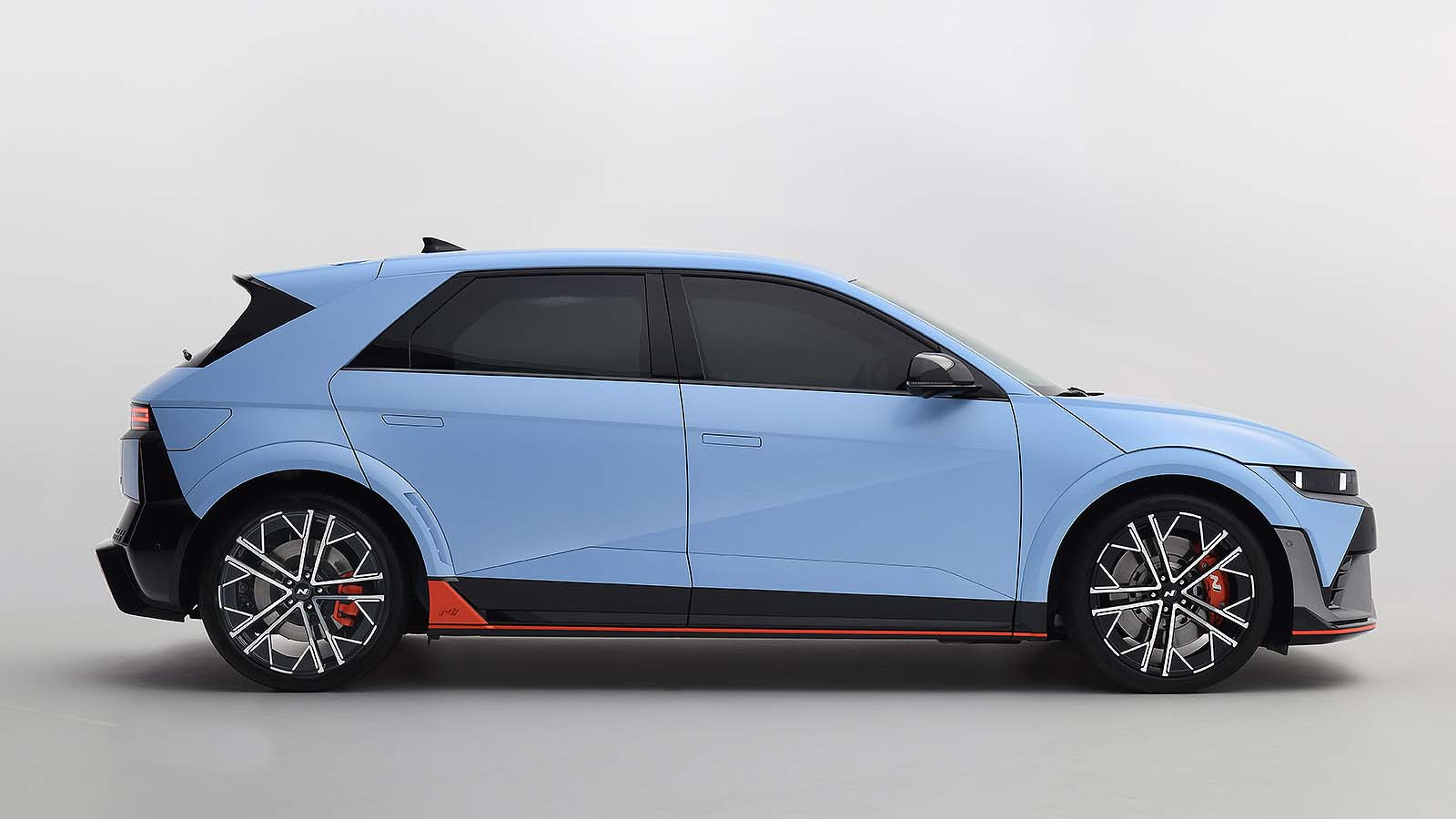 © Hyundai
© Hyundai -
 © Hyundai
© Hyundai -
 © Hyundai
© Hyundai -
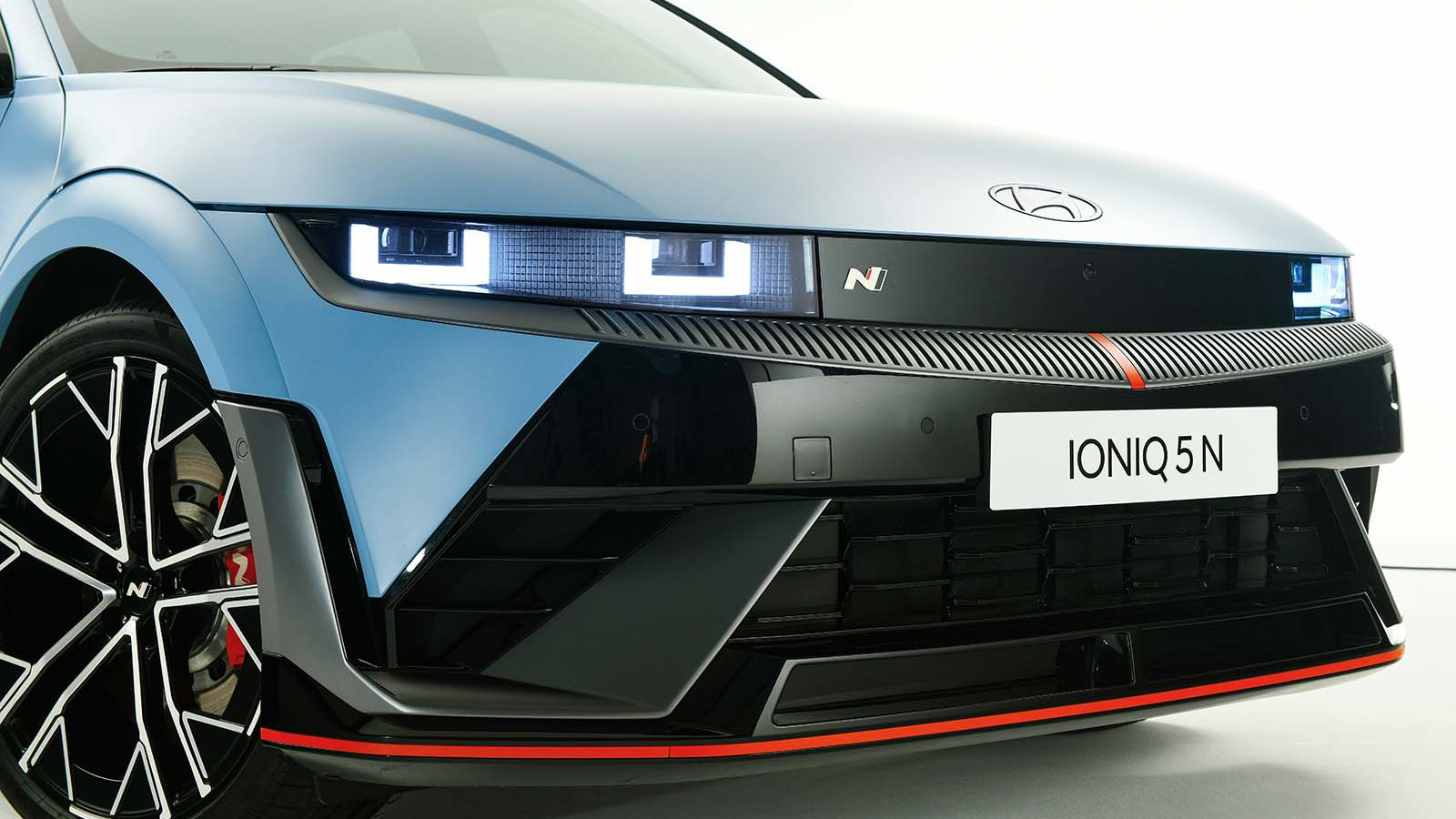 © Hyundai
© Hyundai -
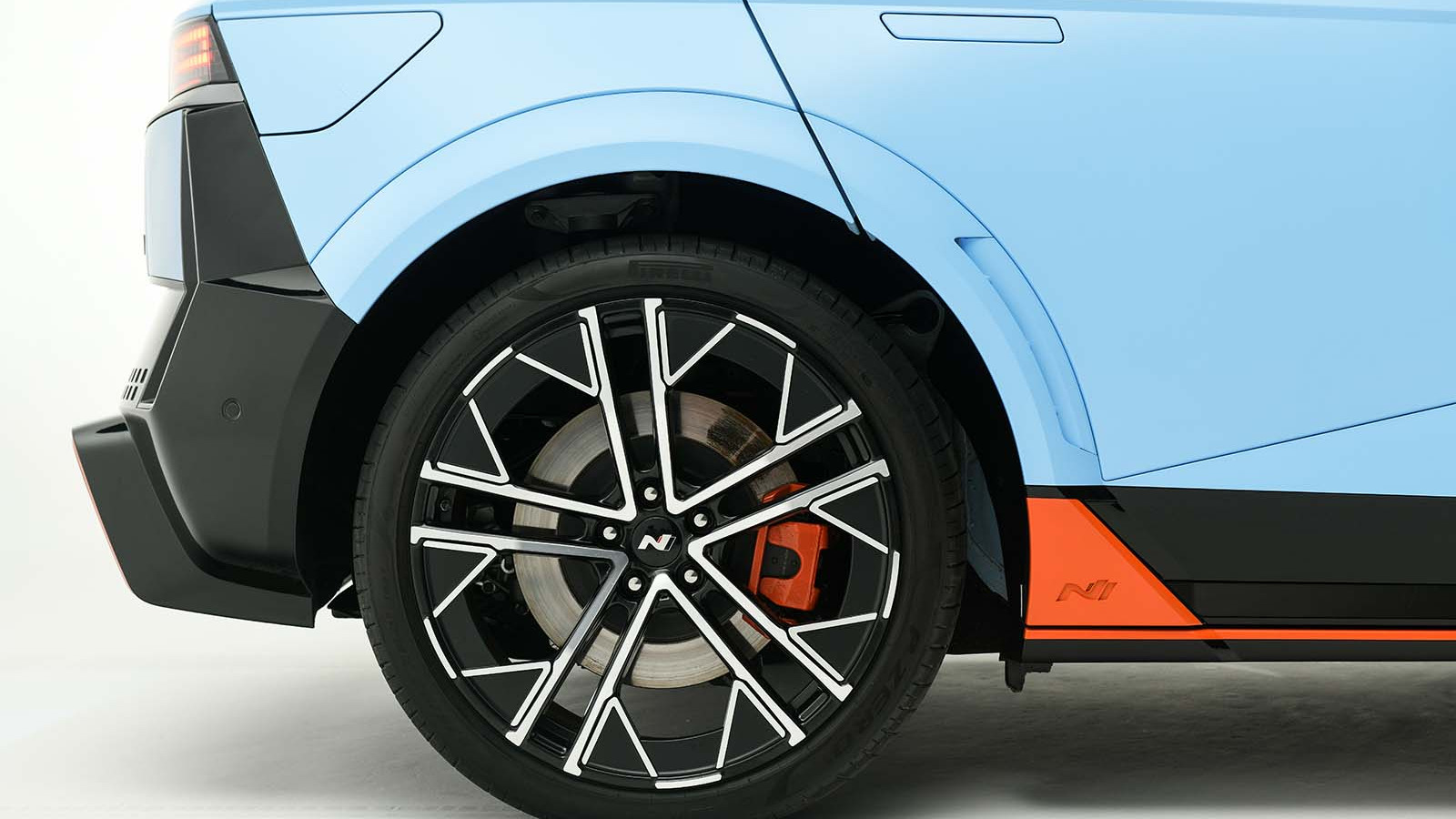 © Hyundai
© Hyundai -
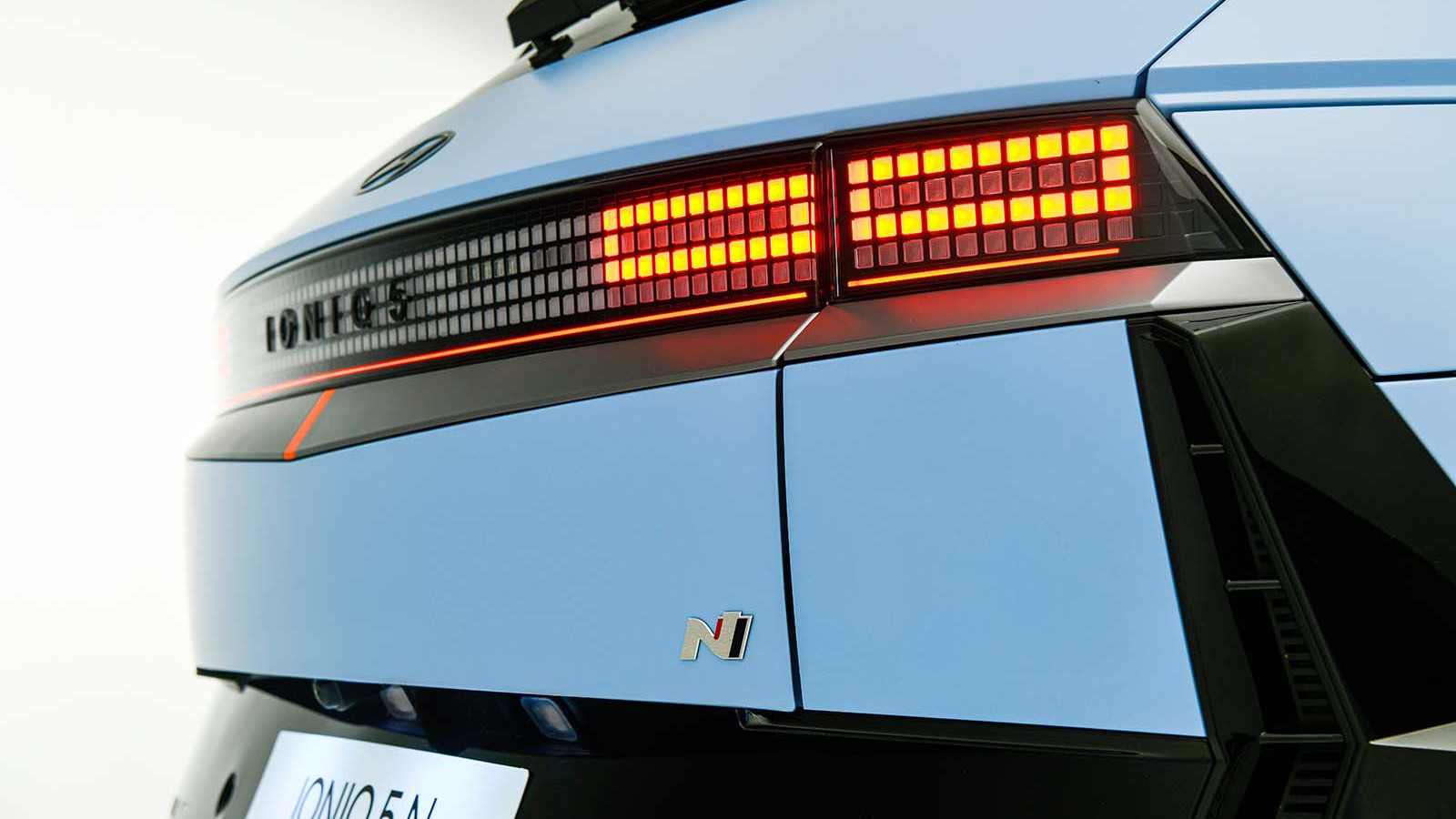 © Hyundai
© Hyundai -
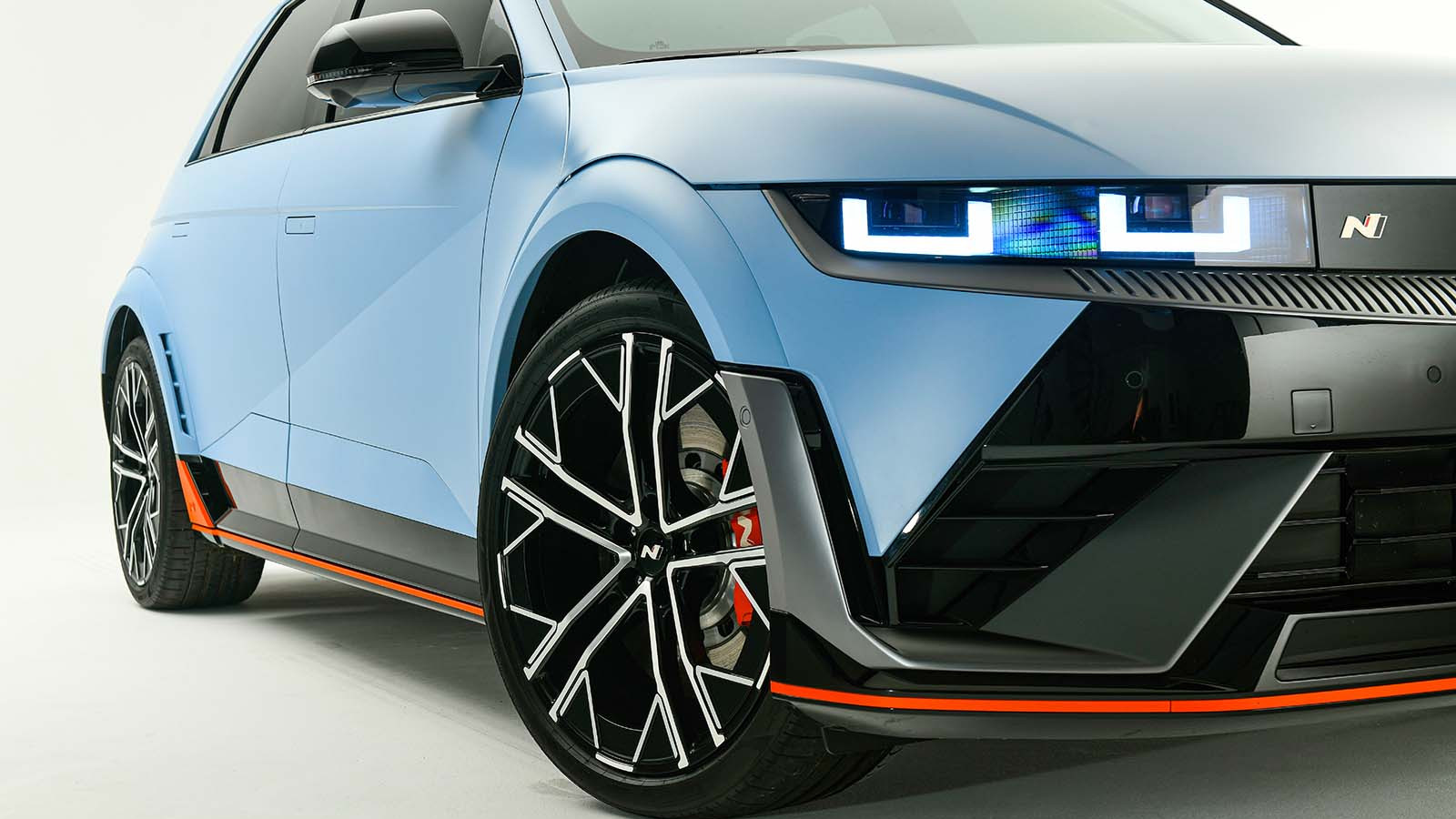 © Hyundai
© Hyundai -
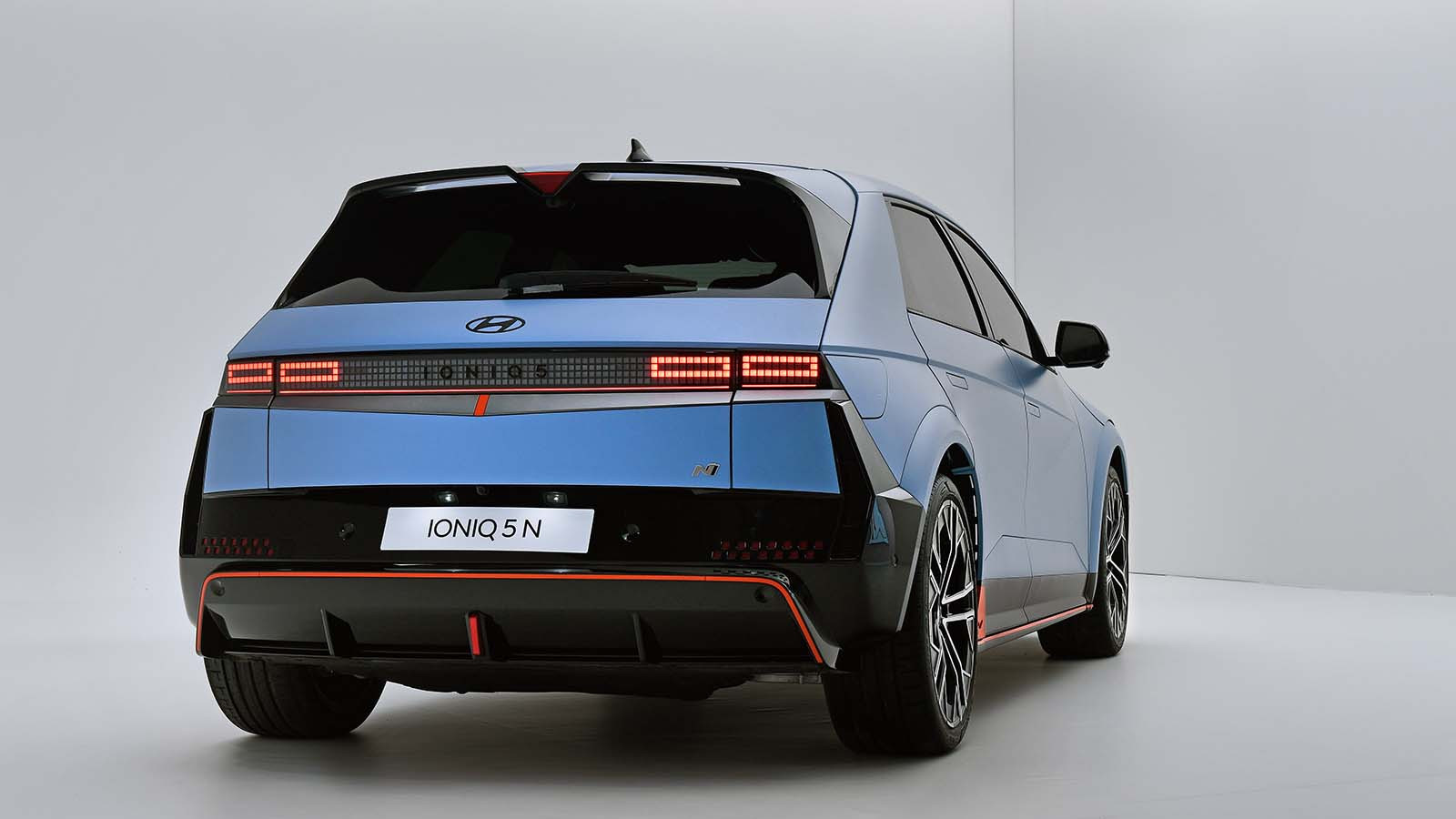 © Hyundai
© Hyundai -
 © Hyundai
© Hyundai -
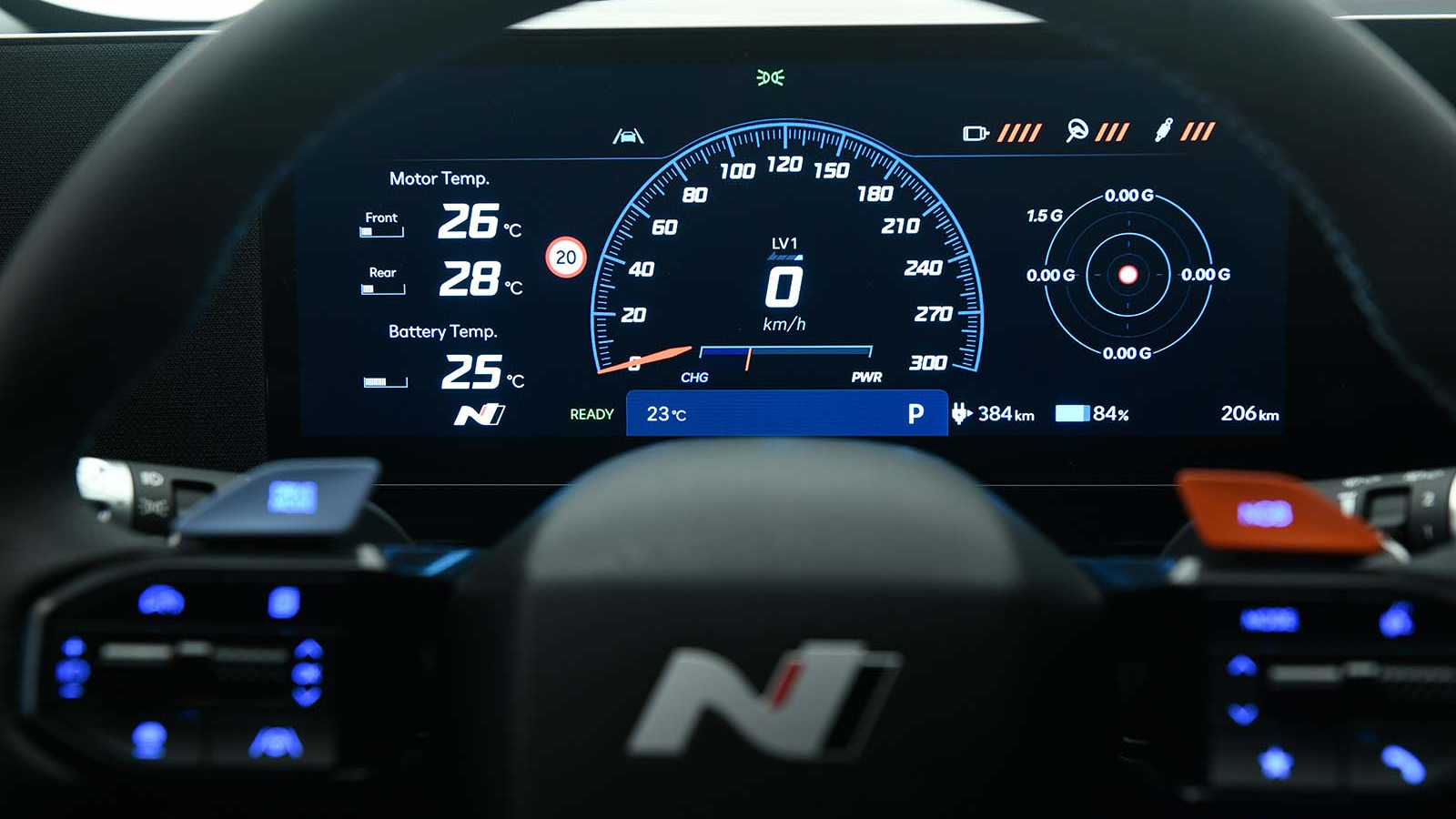 © Hyundai
© Hyundai -
 © Hyundai
© Hyundai -
 © Hyundai
© Hyundai -
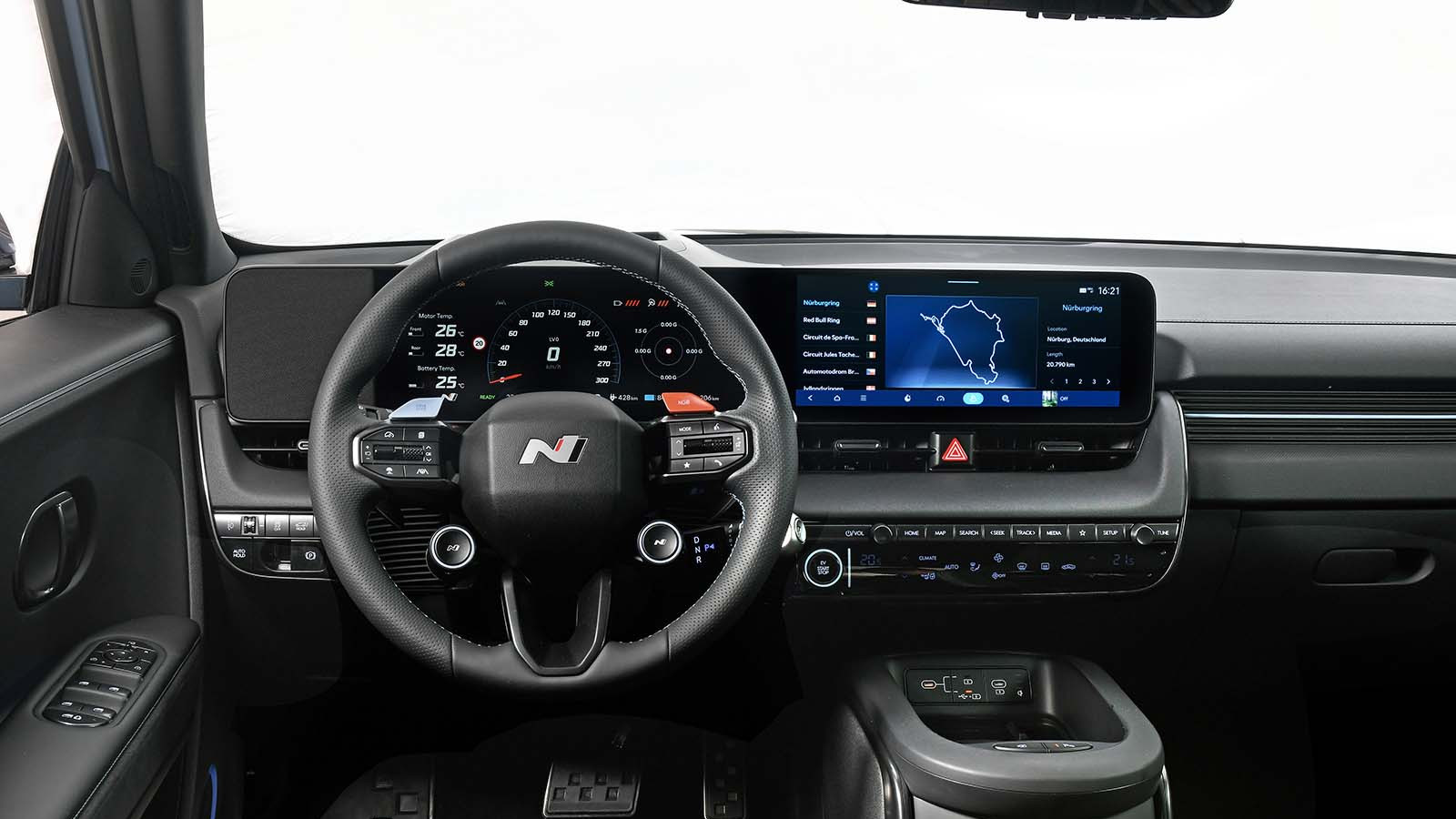 © Hyundai
© Hyundai -
 © Hyundai
© Hyundai
-
Hyundai N has started its electric era with the long-awaited Ioniq 5 N, a track-honed performance version of the brand’s electric crossover - and we’ve been for a closer look.
-
Officially revealed at this year’s Goodwood Festival of Speed, the new track weapon is the first all-electric Hyundai to get the N treatment, and follows the brilliant i20N and i30N hot hatchbacks.
-
The hot version of the Ioniq 5 sits on the same E-GMP electric platform as the standard car, but features with a larger 84kWh battery, all-wheel-drive layout and a range of technological additions - including a fake gearbox and engine note – to “meld the driver with the car”.
-
Now developing 600bhp and 545lb ft of torque, the Ioniq 5 N outperforms its closest technical rival, the Kia EV6 GT, which uses the same electric architecture. Switch the N-badged Ioniq into N Grin Boost mode and this increased the power to 641bhp and 567lb ft of torque; this allows for a 0-62mph jaunt in just 3.4sec.
-
Hyundai is yet to disclose the range of its new performance EV, but it is expected to be between 200 and 220 miles. The 800V architecture of the standard car is carried over, allowing for an 18 minute recharger using a 350kW charger.
-
The exterior design of the Ioniq 5 N is significantly different from the standard car, with a lower, wider, more aggressive stance. At 4715mm long, 1940mm wide and 1585mm tall, the 5 N is bigger than the car it is based on, albeit marginally, being 80mm longer and 50mm wider.
-
The front of the car has seen the most drastic overhaul, with the bumper revised to give a more track-focusses look, with Hyundai’s new N Mask using active air flaps for cooling the brakes.
-
Hyundai’s technical boss, Tyron Johson, revealed that the Ioniq 5’s brakes had been dramatically improved and enhanced in order to perform better on track.
Hyundai adapted its regenerative system to work in unison with the hydraulic brakes. This means that when driving on track, 40-50% of braking force is handled by the regenerative system, compared to 80-90% on the roads.
-
“The brakes are the most important thing when you’re on tack,” explained Johnson. “Huge amounts of work went into merging the mechanical system with the electric system, as well as the thermal management; we’re using regen in a different and much stronger way to other EVs and it has really influenced the car’s dynamics.”
-
While significant testing was undertaken at the Nürburgring, close to where the European arm of N Division is based, Hyundai drove the Ioniq 5 N on UK roads to tweak its suspension set-up and handling.
-
Commenting on the testing, Johnson said: “We insisted on going to the UK because its roads can really drive the ride and handling in an even stronger direction, and from my experience are unique in pushing the limits of what's possible.”
“We put a lot of attention into expanding the bandwidth of the damper system because of the increased mass of the car.”
-
Alongside the changes to the brakes and suspension, N division has worked extensively on the Ioniq 5 N’s thermal management in order to maximise battery performance and efficiency on track.
Called N Race, the driver is able to select different modes to control the battery’s energy usage. Sprint mode cools the battery for longer stints on track, while Endurance maximises range, reducing the power on circuit.
-
Other battery preconditioning modes are also available to further improve efficiency. Drag mode optimises temperature in the 5 N’s battery for short bursts of full power, while Track mode tailors the thermal management for more laps of a circuit.
-
In a bid to offer a more sensory experience, the Ioniq 5 N has been fitted with a fake gearbox and engine note to deliver greater communication between the car and the driver, according to Hyundai.
-
The N e-shift gearbox simulates the behaviour of the eight-speed dual-clutch unit found in ICE N models, with a jolt feeling between shifts to further enhance the 5 N’s driving feel. This is paired with the N Active Sound, with the car revving to 8000rpm.
The sound is played through eight internal speakers and two external speakers, with drivers able to choose between three different modes: Ignition, Evolution and Supersonic, inspired by fighter jets.
-
The inside of the new EV also dramatically different to standard machine. The Ioniq 5 N features new bucket seats and a revised steering wheel, bespoke to the electric sports crossover.
One main carry-over from the standard 5 is the 12.3in digital instrument cluster and 12.3in infotainment display. However, these have been refreshed to feature new N modes and graphics. Over-the-air updates will be available post launch.
-
Hyundai is yet to reveal the price of the Ioniq 5 N, but the Korean brand insisted that the car would still remain accessible to car enthusiasts. We expect it to arrive with a similar premium to its technical sibling, the Kia EV6 GT, therefore a price tag of around £65,000 is likely in the UK.
